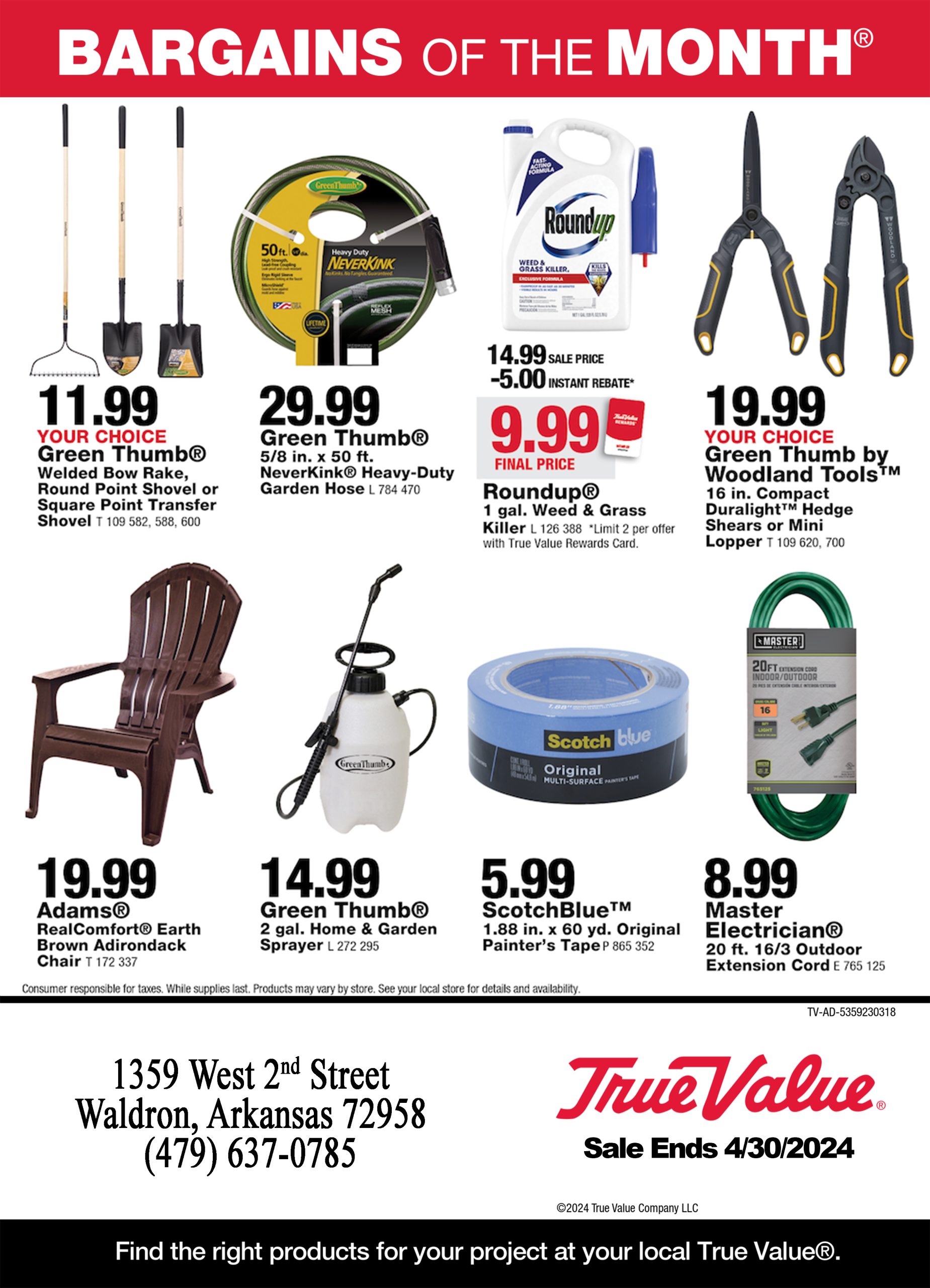By Ryan McGeeney
U of A System Division of Agriculture
Hunting safety encompasses many things, including firearms safety, proper handling of game and a working knowledge of emergency first aid. But as temperatures drop and fall hunting season enters full swing, Arkansans should also be aware of a danger that can sometimes accompany modern efforts to stay warm: carbon monoxide poisoning.
Jesse Bocksnick, extension 4-H outdoor skills coordinator for the University of Arkansas System Division of Agriculture, said carbon monoxide, often a byproduct of certain kinds of heating units, can kill with little warning.
“If you get carbon monoxide poisoning, you may not even realize it,” Bocksnick said. “It can happen in just a few minutes.”
Inhaling carbon monoxide can impair your body’s ability to absorb oxygen, effectively suffocating you. The U.S. Centers for Disease Control estimates that at least 420 people in the United States die from carbon monoxide poisoning each year, and more than 100,000 Americans visit emergency rooms with carbon monoxide poisoning.
Earlier this month, a father, 46, and son, 26, were both discovered dead in a cabin in Sharp County of apparent carbon monoxide poisoning. Investigators said the cabin reeked of propane fumes, and a propane stove was found in the “on” position, its tank empty.
Bocksnick said that many hunters use small propane heaters in hunting blinds when temperatures are cold. These heaters run off of small, 1-pound propane tanks. In blinds, which are notoriously drafty, carbon monoxide build-up is typically not a problem, but they may present other concerns, such as fire risk due to tipping.
“A lot of newer heaters have anti-tipping sensors, which will shut the heater off if it tips over, or is moved too quickly,” he said. “Be sure and test that out at home. If your heater uses any kind of filter, inspect that as well. Make sure all your safety features are functioning properly before you even get out to the woods.”
If using a propane heater in a more enclosed space, such as a cabin or camper, Bocksnick recommended bringing a carbon monoxide detector with fresh batteries.
Some heaters, such as those using “forced air,” are completely inappropriate for anything other than very well-ventilated areas.
“They don’t work that well in a deer blind, and are very dangerous, as far as both heat and carbon monoxide,” Bocksnick said.
“Silent Killer: What You Should Know about Carbon Monoxide” is a free publication available from the Cooperative Extension Service, the education and outreach arm of the Division of Agriculture. It details the signs of carbon monoxide poisoning:
- Low level poisoning:
- Tiredness in healthy people
- Chest pain in people with heart disease
- Medium level poisoning:
- Flulike symptoms including nausea, dizziness, headache and confusion
- Impaired vision and coordination
- Breathing difficulty and increased blood pressure
- Skin with a reddish cast
- High level poisoning:
- Convulsions or seizures
- Loss of consciousness
- Death
To learn about extension programs in Arkansas, contact your local Cooperative Extension Service agent or visit www.uaex.uada.edu. Follow us on X and Instagram at @AR_Extension. To learn more about Division of Agriculture research, visit the Arkansas Agricultural Experiment Station website: https://aaes.uada.edu/. Follow on X at @ArkAgResearch. To learn more about the Division of Agriculture, visit https://uada.edu/. Follow us on X at @AgInArk.








